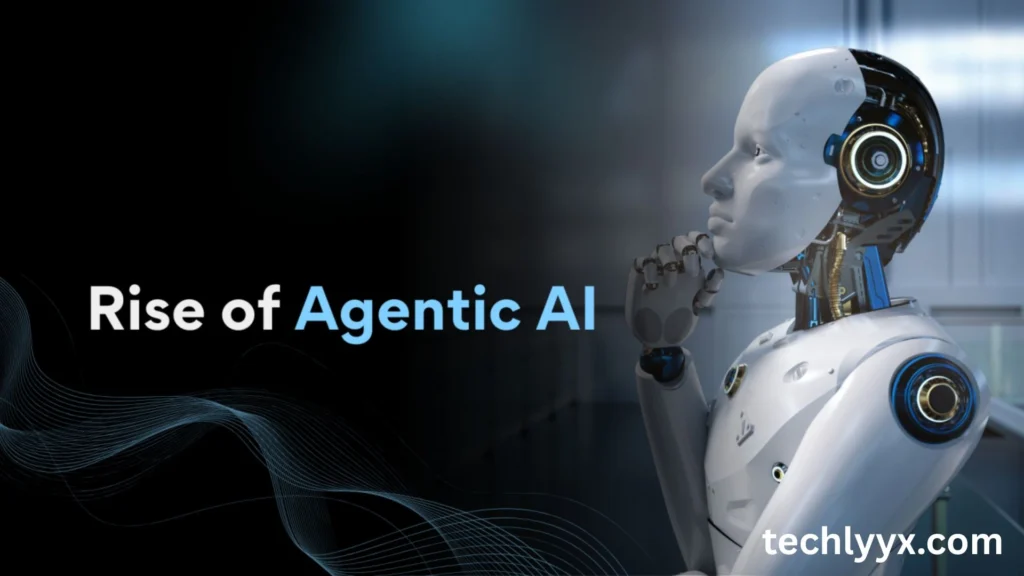Although technology is developing quickly, there is a recent development in the field of artificial intelligence. Making predictions and providing answers are no longer the only tasks. A new kind of system is emerging—one that can take action, follow goals, and make decisions on its own. Agentic AI is the term for this emerging field.
Unlike the AI systems most people are familiar to—such voice assistants or recommendation engines—agentic AI is supposed to operate more like a collaborator than a tool. It planned, initiates, and adjusts in addition to responding. We’ll examine what this implies, why it matters, and its potential future directions in this piece.
What Makes Agentic AI Different?
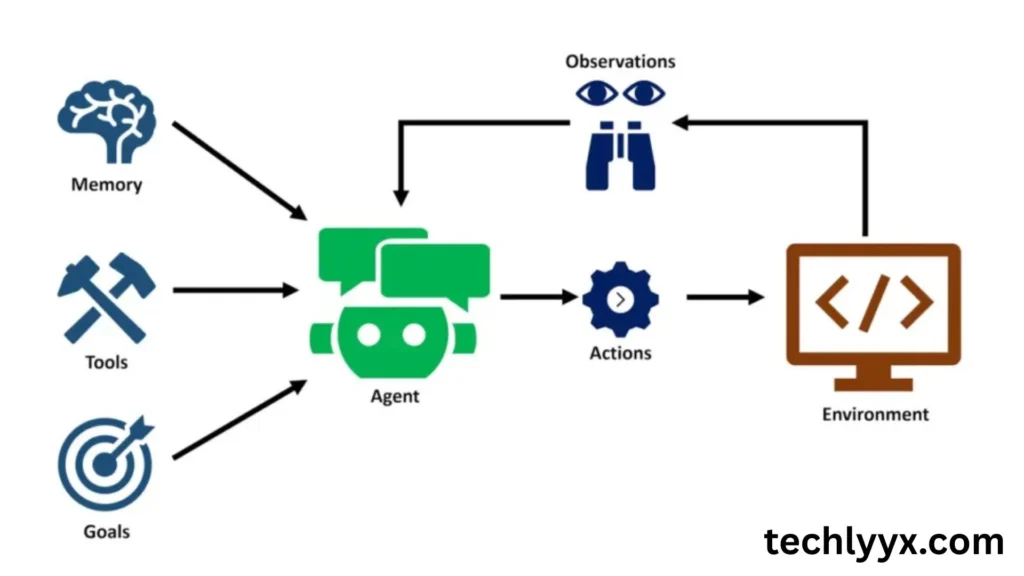
Conventional AI is usually reactive. When you ask it a question, it responds. It doesn’t keep track of previous exchanges or make plans for the future. That works well for trivia questions and text translation, but it is insufficient for tasks that call for more autonomy or a longer-term plan.
That dynamic is altered by agentic AI. These systems have the ability to deconstruct large objectives into smaller tasks, work through them step-by-step, and even modify their strategy in the event that anything doesn’t go according to plan. To put it briefly, they act more like agents—self-governing beings with the ability to reason and take initiative.
How Agentic AI Works in Practice
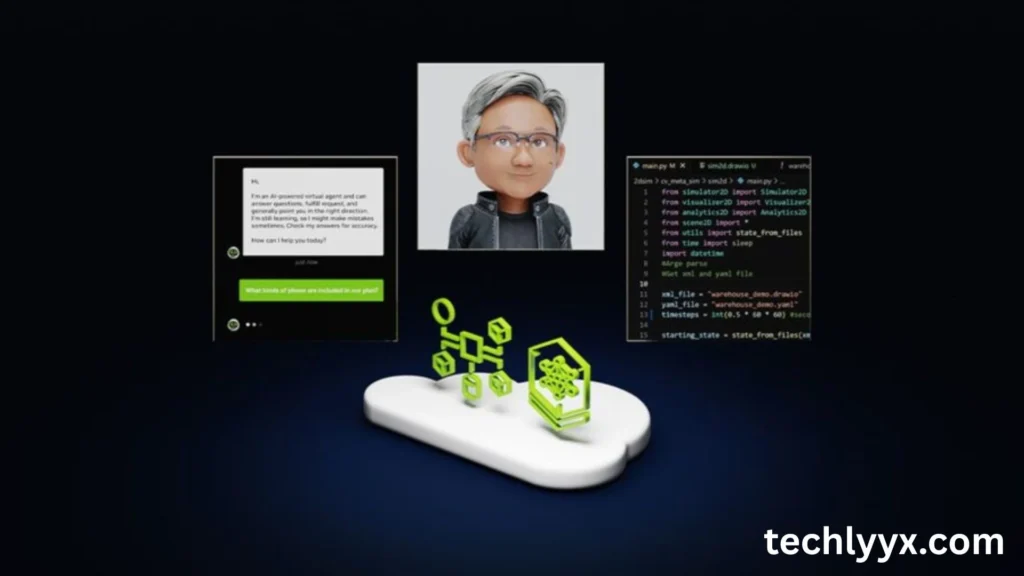
Though it incorporates extra features like memory, planning, and feedback loops, agentic AI is fundamentally based on the same framework as other large language models. These characteristics enable the AI to pursue long-term goals and preserve context over time.
In fact, some systems are made to run continuously. Like a human, they finish a task, assess the outcome, and then determine the best course of action. As a result, the workflow becomes dynamic and adaptable, allowing the AI to learn from outcomes and adjust to changes.
Tools like AutoGPT and BabyAGI, for instance, are early attempts at this strategy. They take the user’s objective, turn it into a strategy, and then execute it step-by-step, occasionally even engaging with it.
Real-World Use Cases
In the business world, agentic AI is being used for research, automation, and strategic planning. For example, a marketing team may ask an AI to identify trending topics, generate content ideas, write articles, and even schedule posts. With sufficient training, the AI can handle many of these tasks on its own. Agentic AI is not just an academic concept—it is already being tested in the real world. One major area is personal productivity, where people are beginning to use these systems as intelligent assistants that go beyond answering questions to actually completing work.
AI agents that can design test cases, debug code, or recommend architectural changes based on project objectives are also being experimented with by software engineers. These systems are capable of reasoning about the entire process and comprehend intent, which goes beyond simple autocomplete features.
Agentic AI will probably become a standard component of how people work, learn, and even create as the technologies advance.
The Challenges Ahead
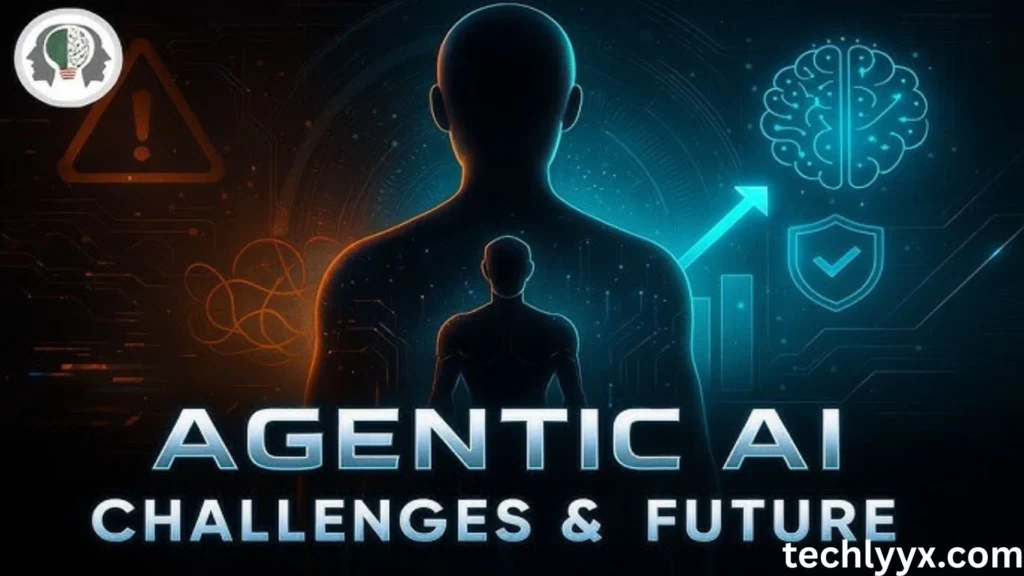
Agentic AI has amazing promise, but it also has drawbacks. Reliability is one of the main issues. These systems are more unpredictable due to their increased autonomy. An agent may take instructions too literally or pursue a goal in an illogical manner.
The issue of accountability is another. Who is in charge if something goes wrong when an AI system acts on behalf of a person or business? These are not merely technological problems; they also bring up moral and legal dilemmas for which there are no simple solutions.
Understanding is another constraint. Despite its seeming intelligence, agentic AI lacks consciousness and true comprehension. It is still a machine that uses data patterns to predict words. This implies that it may be unclear, prejudiced, or inconsistent, particularly in delicate or complicated circumstances.
And lastly, the problem of access. The majority of cutting-edge agentic AI solutions are now either experimental or only available to technical users. It will take time and careful planning to make them accessible and safe for the general public.
What the Future Holds for Agentic AI
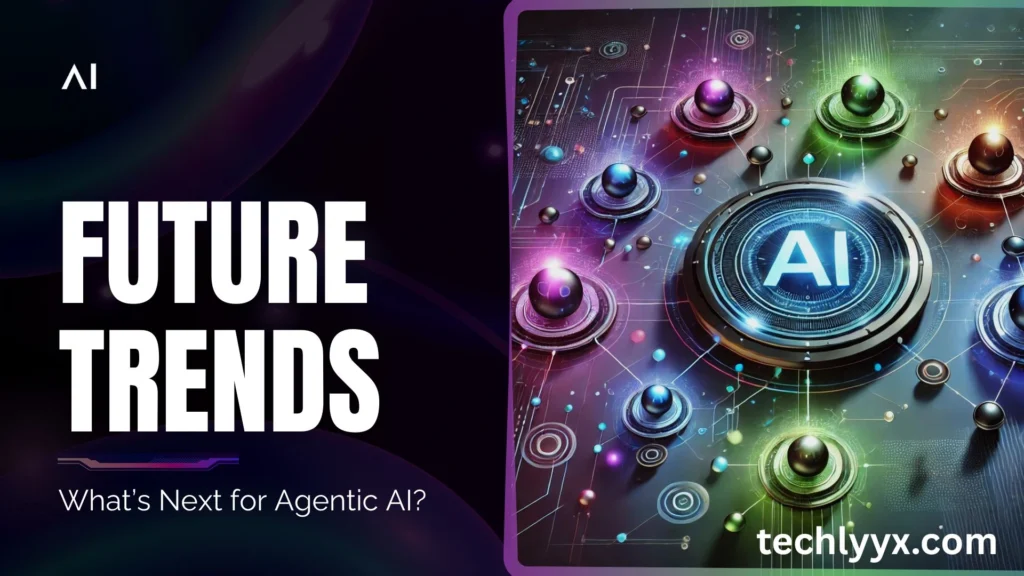
Notwithstanding the difficulties, it is evident that AI is moving in the right direction: it is getting more independent, competent, and incorporated into everyday life. As agentic AI develops further, it may alter our perspectives on learning, creativity, and the workplace.
People could work with AI partners that take initiative, anticipate needs, and learn over time, as opposed to using tools reactively. This could help people and teams solve larger, more complicated challenges by making information work more quickly and adaptably.
We are just getting started. Although remarkable, the technology has flaws. Now, what matters is how we decide to mold it. We can make sure that agentic AI turns into a tool for empowerment rather than risk by emphasizing safety, openness, and careful design.
Agentic AI will probably be included into various industries’ apps, services, and workflows in the upcoming years. Whether you’re a CEO, student, or freelancer, you can soon be collaborating with systems that not just support you but also comprehend and take action toward your objectives.

